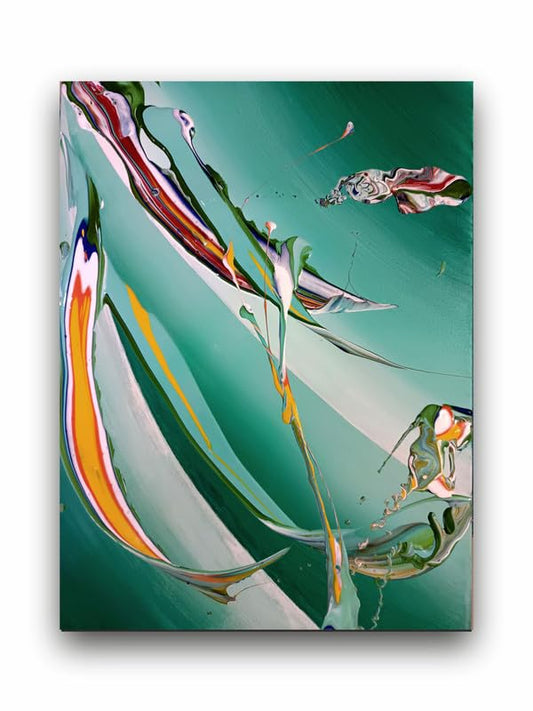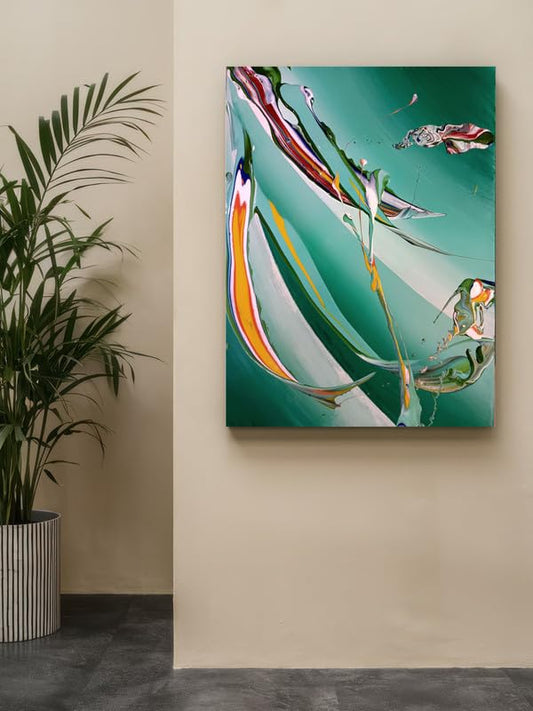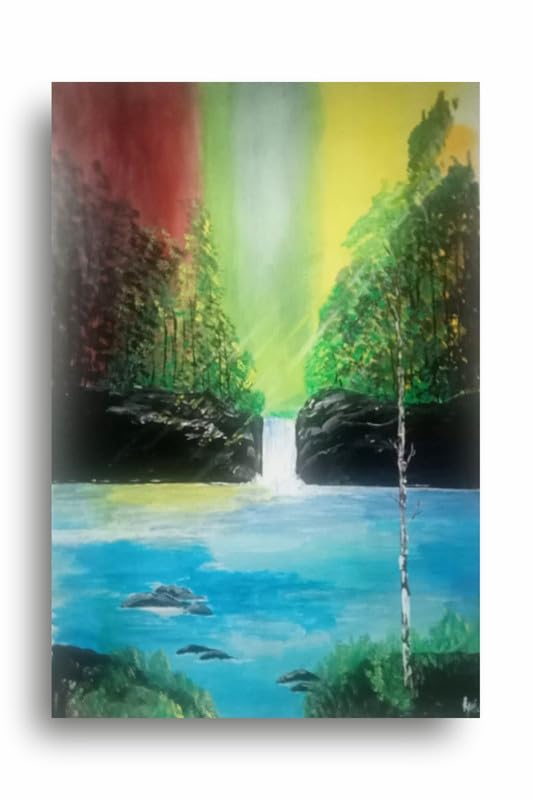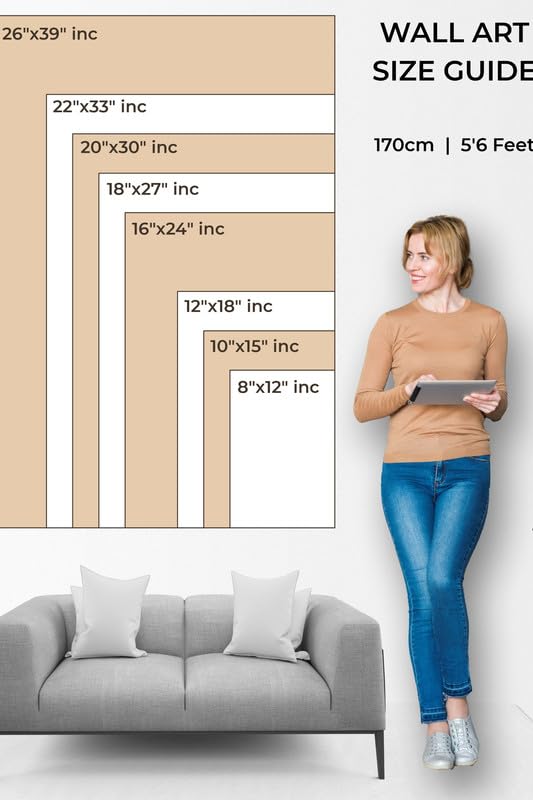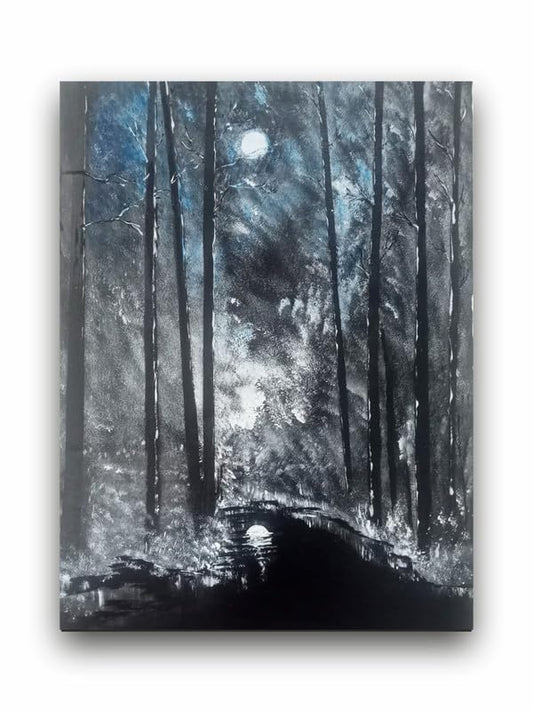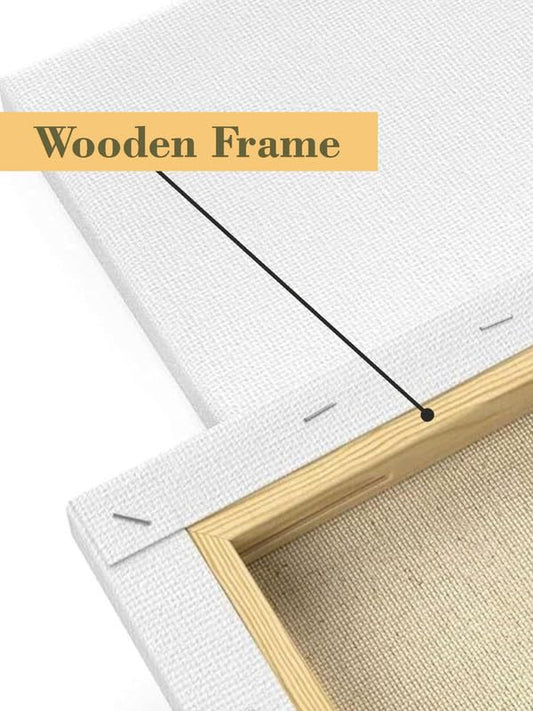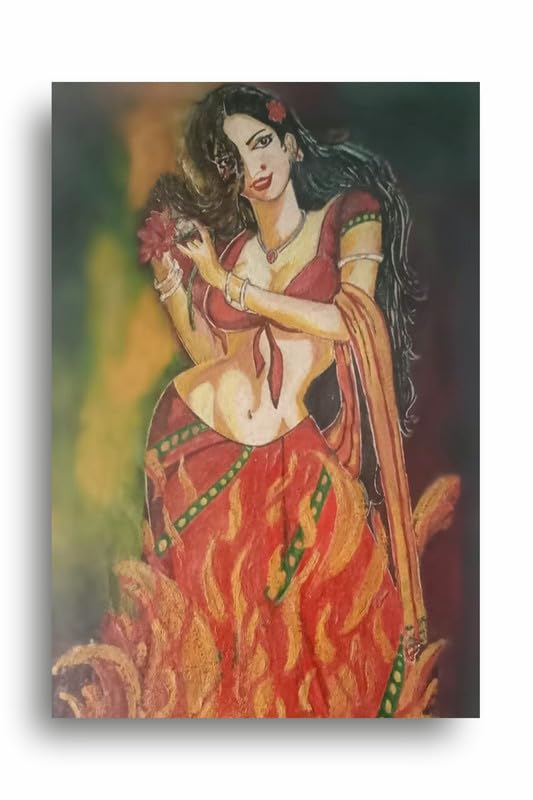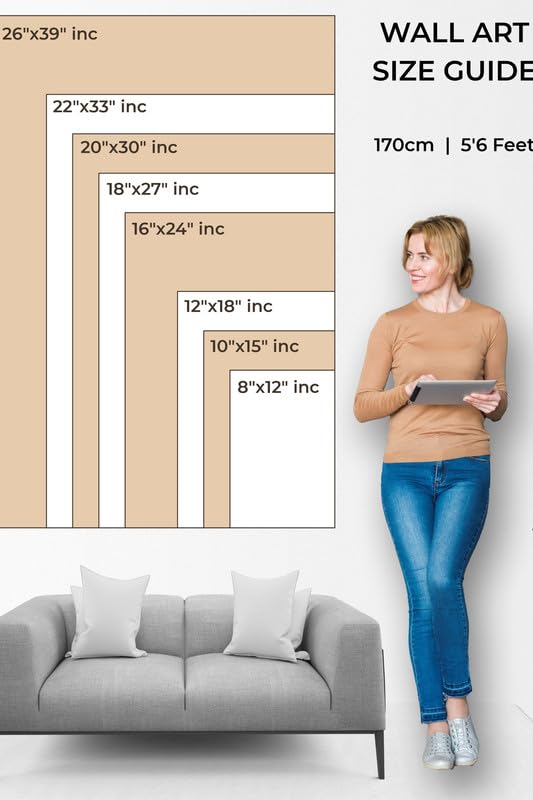
How to go from the traditional to abstract art
How to go from the traditional to abstract art
Many artists and their admirers find one of the most interesting, but simultaneously challenging journeys in the transition from traditional to abstract art. Traditional art is primarily provided with the aim to make realistic images of people, landscapes, or simply still lifes. Therefore, the content of such art is well recognizable and clear; it can be appreciated with ease. Abstract art, for example is harder to interpret since it often creates a pullback from representation to explore emotional expression, color, and shape. But this transition is refreshing and formative and therefore transforms the appreciation of the individual for art.
1. Familiarity breeds content Begins with small objects
If you are from the school of predictable and clear traditional art, then begin with abstract art by selecting pieces that would be most familiar to you. Find abstract art whose a component, always pleasing to your eye, such as a color palette or textures, is so beautiful in more traditional art. Transitional pieces from realism to abstraction like impressionism or semi-abstract art help ease the transition.
2. Understanding the Concepts
While in traditional art, the subject matter is easy to identify, abstract art works through color, shape, and form to convey a mood and thought. Take time to understand the principle of abstract art. Look into movement such as Cubism, Surrealism, and Abstract Expressionism, and consider what every artist tried to provoke. That way you can shift from an anticipation of literal representation to feeling in the art piece.
3. Emotion and Feeling Focus
Abstract art largely ignores the principles of visual realism and focuses instead on feeling. Instead of wondering, "What am I looking at?" ask yourself, "How does that make me feel?" Let the colors, shapes, and textures say something in your emotions. Due to the fact that abstract art lets the viewer decide what it is about personally, it's acceptable that you may not get something until eventually you learn, over time, how it speaks to you and to your personal experiences.
4. Experiment Your Own Art
Actually, the best way to ease up on the change is through experimentation of abstract art on your own behalf. Use your imagination and begin to create small, abstract works or reinterpret traditional pieces in a more abstract style. This will help you understand the level of creativeness and expressiveness that abstract art can provide for you.
5. Give Time to Get Used to It
Patience is the key. This kind of journey, coming from realism to abstraction, takes time. Give yourself enough time to evolve in terms of tastes and preferences. Remember that abstract art can be as rewarding and engaging as traditional forms once you learn how to open up to its many layers of interpretation and emotion.
In a nutshell, a transition from conventional to abstract art speaks of the willingness to see things and feel something in a completely new perspective. Starting small with one's focus on emotion and one's willingness to take time to explore the subject matter, one may open himself or herself to the captivating world of abstract art.
How to go from the traditional to abstract art

